Kyoto is a city popular on the main tourist track when visiting Japan for your first time. It’s a beautiful city that blends ancient traditions with modern life and has so much to offer from nature escapes, to rich cultural heritage, to amazing cuisine and spiritual practices. On my recent trip to Japan I fell in love with Kyoto and although you could spend weeks here and not even scratch the surface, with limited time, you can still see so much in just four days.
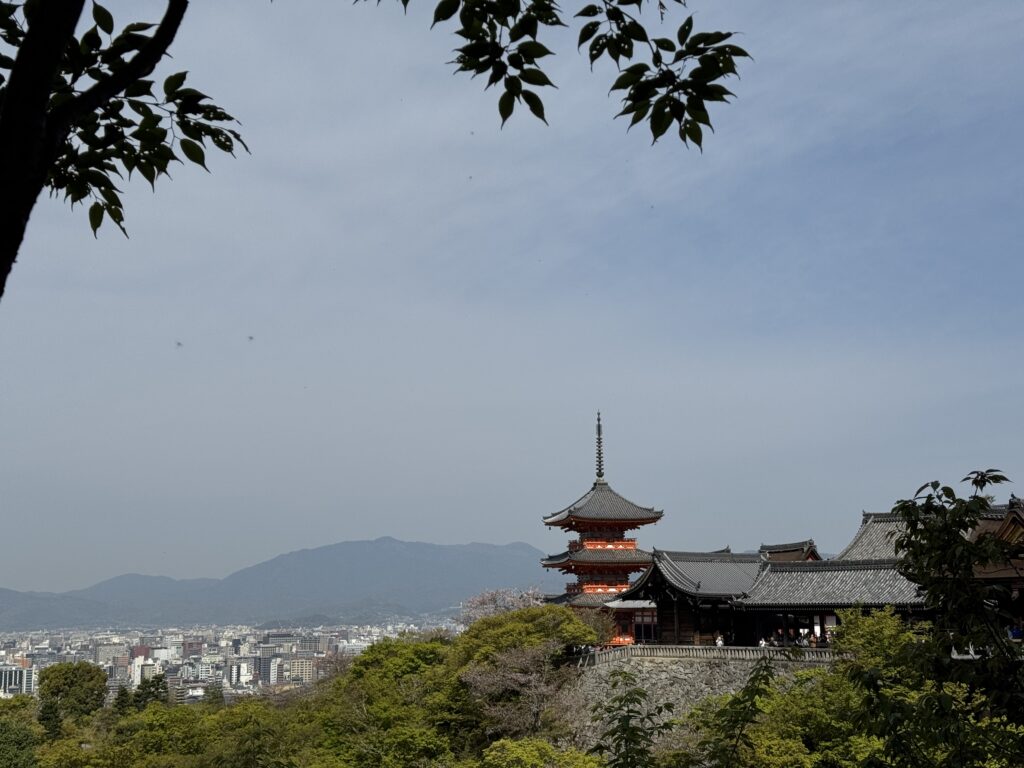
Kyoto and Overtourism
Like many places in Japan that have become over glamorized on social media, Kyoto has become overrun by tourism, and I would be doing a disservice by not talking about it before I dive into how to make the most of your time there. Now when you hear overtourism you often think that it’s better to skip the city all together and explore a lesser known one, and that’s totally something that you should do if your itinerary allows it. However, if you’re like me, you’re going to want to still visit the city that you hear so much about when going on your bucket list trip to Japan. So how do you approach your stay without contributing to the problem? Here are some tips:
- Visit Gion Early: The busiest area of the city is Gion. This is where everyone pictures when they think of Kyoto as it’s the traditional part of the city. Although I totally recommend you make a visit here because it is a stunning area, I would visit EARLY. The downfall of this is most shops and restaurants do not open until 10am-11am but you can still take in the architecture and truly enjoy the historical area in peace.
- Day Trips: Kyoto is a fantastic base to explore further areas in the city limits or going on a day trip. For example, Uji is a great option for an afternoon trip that is easily accessed via public transportation. Kobe is also a popular option and both can be less busy than central Kyoto.
- Explore at Off Times: It’s easy to find online when tourist attractions are the busiest so you can avoid visiting at those times. Fushimi Inari Taisha and Kiyomizu-dera are popular tourist spots that both get rammed with tourists but in the later afternoon/early evening, Fushimi Inari Taisha is almost dead and all tourist buses have left. Kiyomizu-dera opens at 6am everyday so getting there first thing in the AM helps you avoid the congestion, and makes the attraction more enjoyable.
- Visit During Off-Season: Visiting anywhere in Japan during off-season helps with overtourism. Everyone flocks to Japan during cherry blossom season in the spring, and it’s best to avoid entirely during Golden Week at the end of April when the locals travel. Japan is beautiful any time of year so try and book your trip opposite to the key times.
How to Spend 4 Days in Kyoto
Day One
For day one when you arrive in Kyoto, I highly recommend you stay in a traditional ryokan for at least one night during your stay. A ryokan is a traditional Japanese inn that offers an immersive cultural experience. They’re designed to provide a serene escape and give you a glimpse at the Japanese customs and hospitality. It was such a cool experience to have on our trip and definitely a must-do. We booked at Watazen Ryokan and it was such a lovely experience. I would recommend booking the stay that includes dinner and breakfast to really enjoy it to the fullest and don’t forget to try out the onsen.
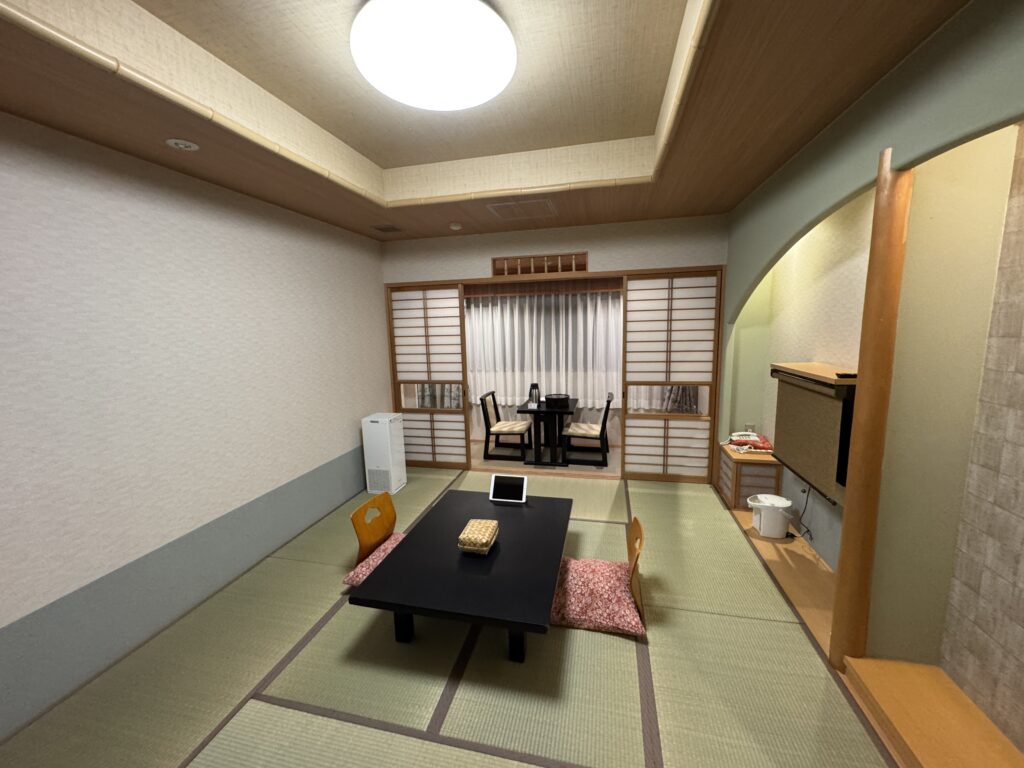
Once checked in, you’ll want to do some exploring around the city. Here are some options that you can pick and choose based on what area of the city you want to head to.
- Nijo Castle (8:45am-5:00pm)
Nijo Castle is one of the best-known castles in Japan and a UNESCO World Heritage site. Arrive early or later in the day to avoid crowds and enjoy walking around the beautiful grounds. - Kyoto Gyoen National Garden (open 24 hours)
Kyoto Gyoen National Garden is a 65-hectare national garden of Japan that is situated around Kyoto Imperial Palace. - Kinkaku-ji (9:00am-5:00pm)
Also known as the Golden Pavilion. It’s a popular tourist attraction and some people say it’s a bit overrated for how out of the way it is but it’s up to you to decide if it’s worth it or not in your itinerary. - Nishiki Market (9:00am-6:00pm)
Honestly, I hated Nishiki Market but it’s a popular tourist spot. I found it unbearable to walk through because it was overwhelmed with tourists and all the food sold there can be bought elsewhere for cheaper and in less busy spots. However, if you do want to explore it, I’d recommend coming early when stalls just open or later in the day when they are close to closing to try and dodge the crowds. - Philosopher’s Path
This area is a pleasant stone path in northern Kyoto that is lined with cherry blossoms in the spring. There are a lot of cute shops and cafes in this area, and a few temples you can visit as well.
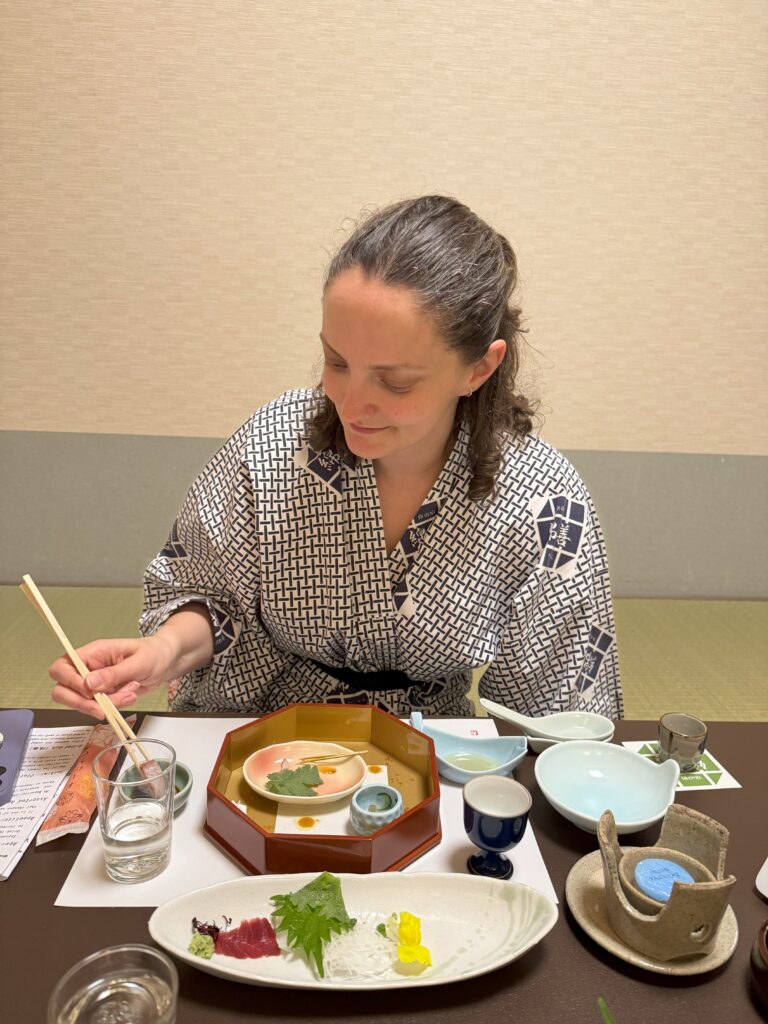
In the evening, come back to enjoy your dinner experience at your ryokan and kick back and relax in a traditional onsen.
Day Two
For day two in Kyoto, you may want to go on a little day trip out of the city centre up to Arashiyama. Located in northwestern Kyoto, Arashiyama is a magical place that allows you to get in touch with nature. I recommend that you start your day early and head up to the starting point of Hozugawa River Boat Ride which is a relaxing riverboat cruise that takes you to Arashiyama. It’s a beautiful way to explore the landscape from the river.

Once you arrive in Arashiyama, there is a variety of sites you can see. I recommend heading first to Arashiyama Monkey Park (9:00am-4:00pm) as it’s located right near the drop off point. It is a fun way to watch the chaotic monkey’s play around in nature. Definitely worth a stop!
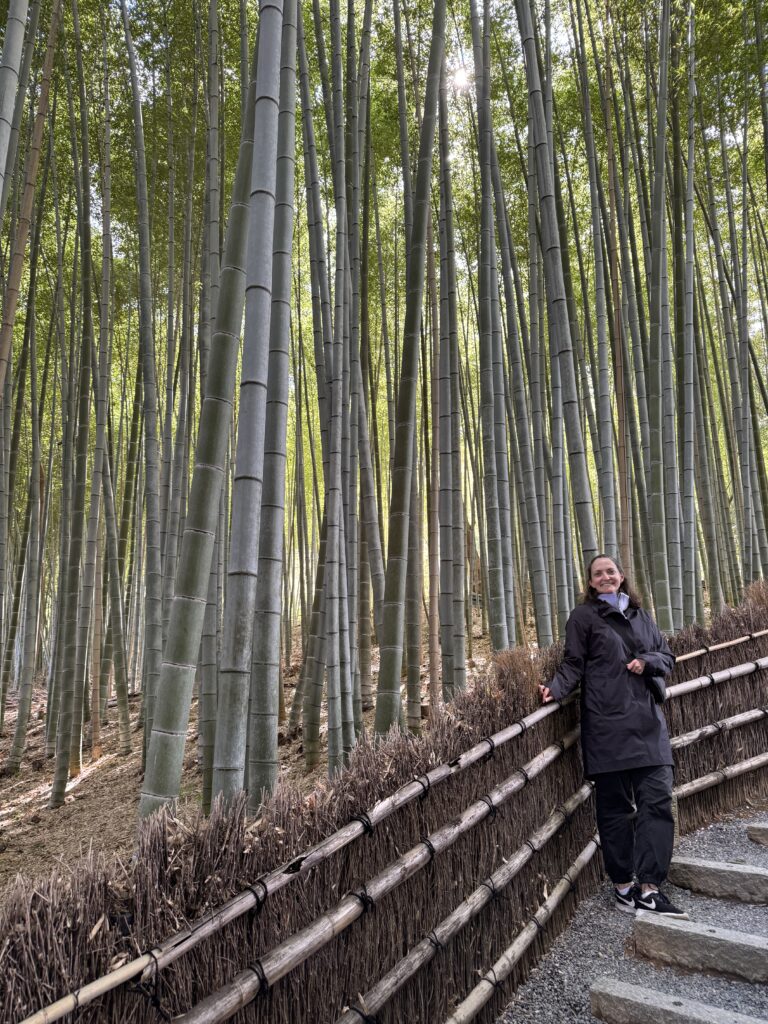
Next you can head for lunch and there are a variety of local restaurants to choose from in the area. From lunch, one of the popular spots that many people actually come all the way here for then leave after visiting without seeing anything else is the Arashiyama Bamboo Forest (open 24 hours). Unless you plan to come first thing in the morning or late at night, I would recommend skipping this to avoid the crowds and going to Adashino Nenbutsu-Ji Temple (9:00am-4:30pm). This temple is STUNNING and it’s so peaceful. They also have a bamboo forest that you can walk through just like the more popular Arashiyama Bamboo Forest.
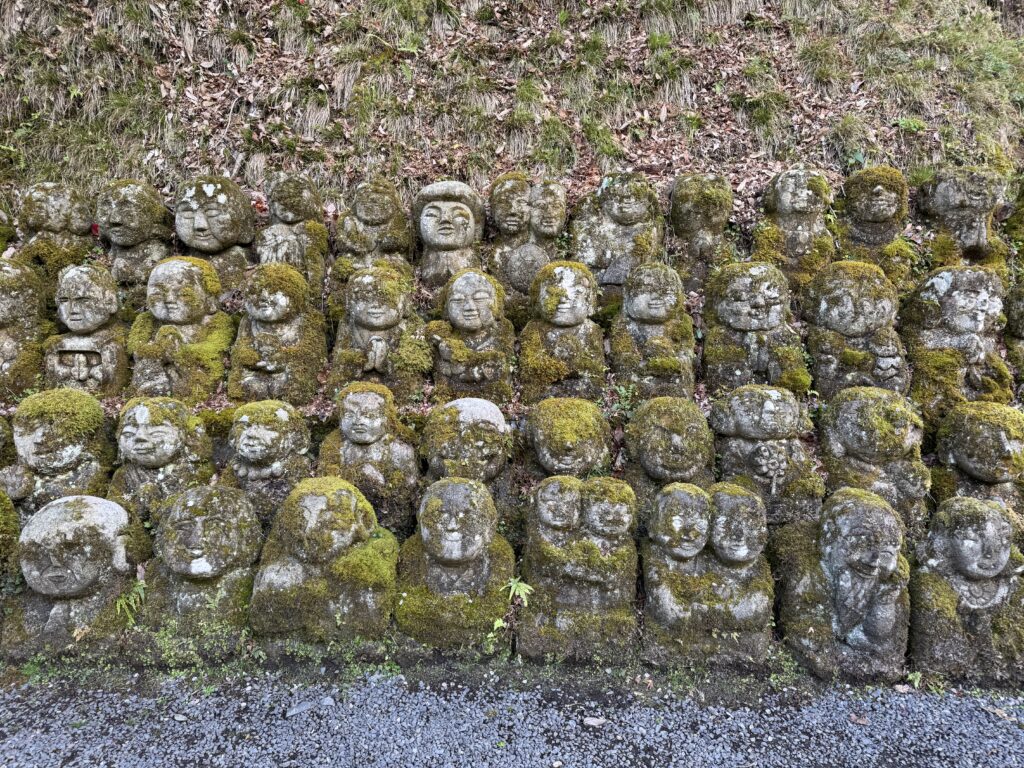
Arashiyama actually has so many gorgeous temples and some of our favs were in this area because they were all so unique and scenic. Walk up the road from the Adashino Nenbutsu-Ji Temple and you’ll enjoy the quiet streets dotted with some cute shops and cafes and eventually come across Otagi Nenbutsuji Temple (9:00am-4:15pm) which is full of moss covered buddhas. In fact, there are over 1,200 unique ones and it’s so fun to walk through and see all the different impressions on them.
There are other temples in the area as well such as Gio-Ji Temple (9:0am-4:30pm) which is known for its picturesque moss garden, bamboo grove and maple trees. Okochi Sanso Villa (9:00am-5:00pm) is also a popular site that was a former estate of a famous actor and is now a stunning villa with surrounding gardens that are open to the public.
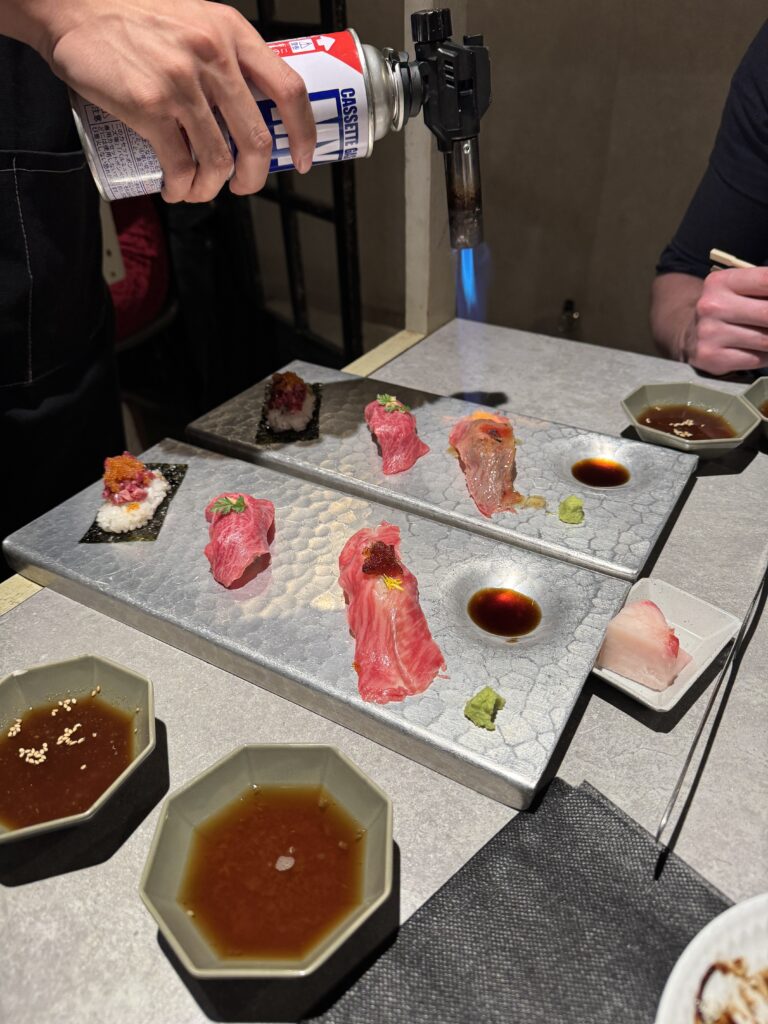
After enjoying your day, head back to central Kyoto where you are staying and make a reservation for an omakase experience. There are so many to choose from. We went to Enen which was a wagyu set menu and it was delicious. Other highly recommended ones are Sushi Iwa, Sushi Fukagawa, Gion Sato, and Kikunoi.
If you are looking for some cocktail bars to try out Bee’s Knees and Rum & Whiskey come highly recommended. We went to Bee’s Knees and we did have to be added to a waitlist so just be prepared to go do something else while you wait to be called back but our cocktails were over-the-top!

Day Three
For day three, you can take a little side trip to Uji, the birthplace of matcha. Uji is a must-do if you’re a matcha lover and want to learn more about green tea (and try green tea everything). You can read my full itinerary and tips here. If you don’t have time for Uji, there are also lots of tea shops right in central Kyoto you can visit for your matcha supply. Gion Tsujiri, Horaido Tea Stall, Ippodo Tea Company, Marukyu Koyamaen, are all infamous tea stores in the city you can visit.

If matcha isn’t really your thing you can also spend the day in Fushimi, home to the famous Fushimi Inari Taisha shrine. Visit the shrine early or later in the day to avoid crowds. The hike from the bottom to top will take about 1.5-3 hours. Other popular spots in Fushimi are Fushimi-Momoyama-jo Castle (open 24 hours), Daigo-ji Temple (9:00am-5:00pm), and this area is home to Kyoto’s sake district. You can visit the Gekkeikan Ōkura Sake Museum (9:30am-4:30pm), take the Fushimi Jikkoku-bune Boats during cherry blossom season, and of course, visit some sake bars and breweries. You could spend a whole day in this area bopping around and exploring. Bonus points for it being a little quieter than areas like Gion since most people only come here for the Fushimi Inari Taisha shrine and leave.
If you want to do both of the above, you can go to Uji for the AM and early afternoon head back through Fushimi for a few hours as they are on the way when heading to/from central Kyoto.
Day Four
Finally, on your fourth day in Kyoto, you’ll want to spend some time exploring the historical area of the city. I would rearrange these days to make sure that this day doesn’t fall on a weekend to try and avoid some of the crowds and start your day early because it gets chaotic. Lots of people come to Kyoto as a day trip and only go to this area.
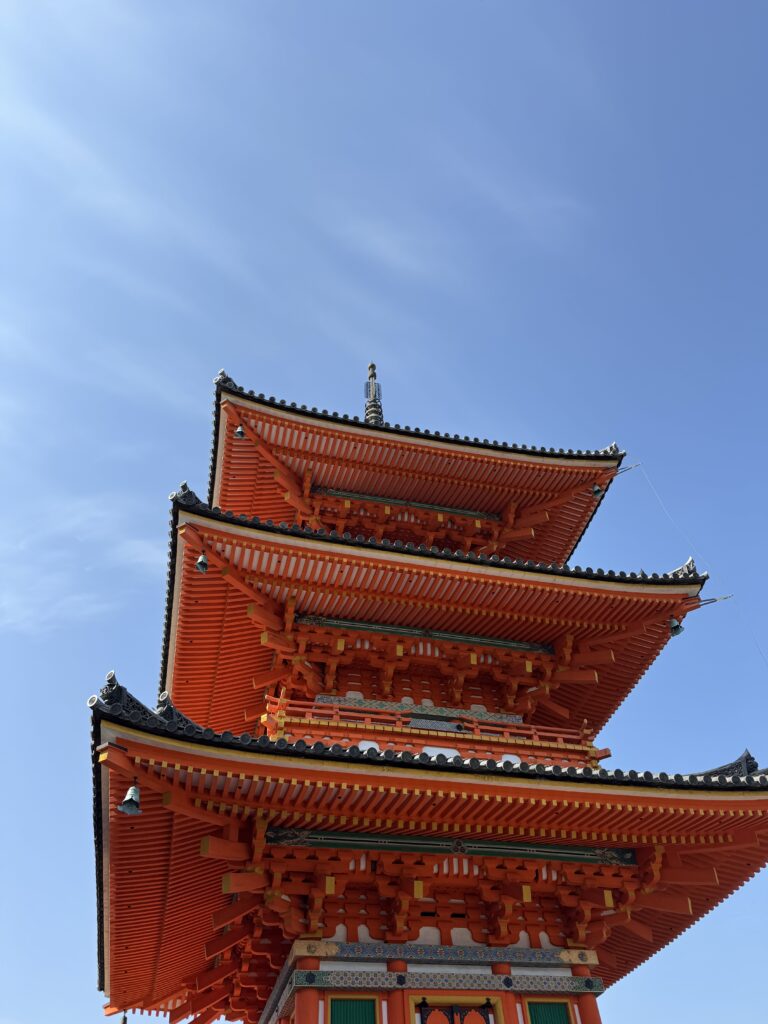
Your first stop should be Kiyomizu-dera as it opens at 6am and is a gorgeous temple but becomes busy quickly as the morning progresses. After, you’ll want to spend some time on the streets that lead to/from the temple (Ninenzaka and Sannenzaka) as they are lined with cute shops and cafes.
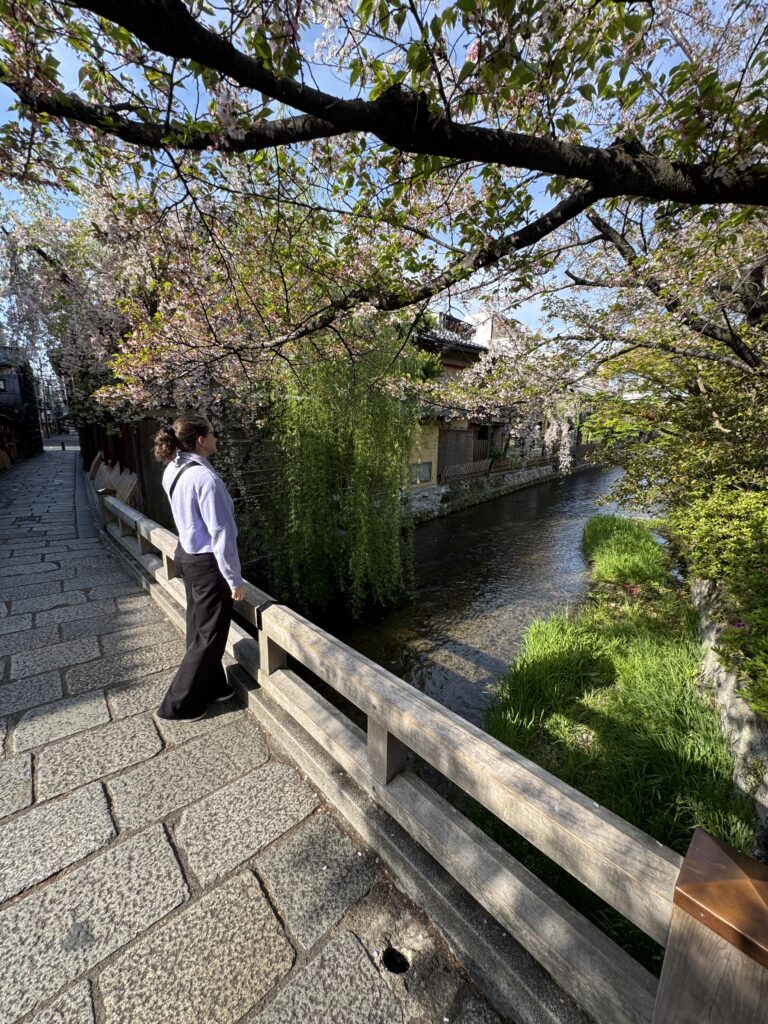
Next head to Higashiyama Ward which is a historically preserved area that is lined with wood-built historic lanes with tea houses, stores, and restaurants. A lot of these historic streets can be explored early to really take in the architecture but stores won’t open until later. Same goes for Gion, known as the geisha district, go early to avoid the crowds but come back later to visit the shops, cafes, etc. when they open. Some famous spots in Gion are:
- Shirakawa (along the canal)
- Shinbasi-dori (a very whimsical pocket)
- Tatsumi Bridge (famous from The Memoirs of a Geisha)
- Hanami Lane (contains most historic architecture)
- Kodai-ji Temple (9:00am-5:00pm)
- Kenninji Temple (10:00am-4:30pm)
- Shinmonzen-dori (antique & art street)
Tip: I’ve mapped all the above Gion locations out for you here.
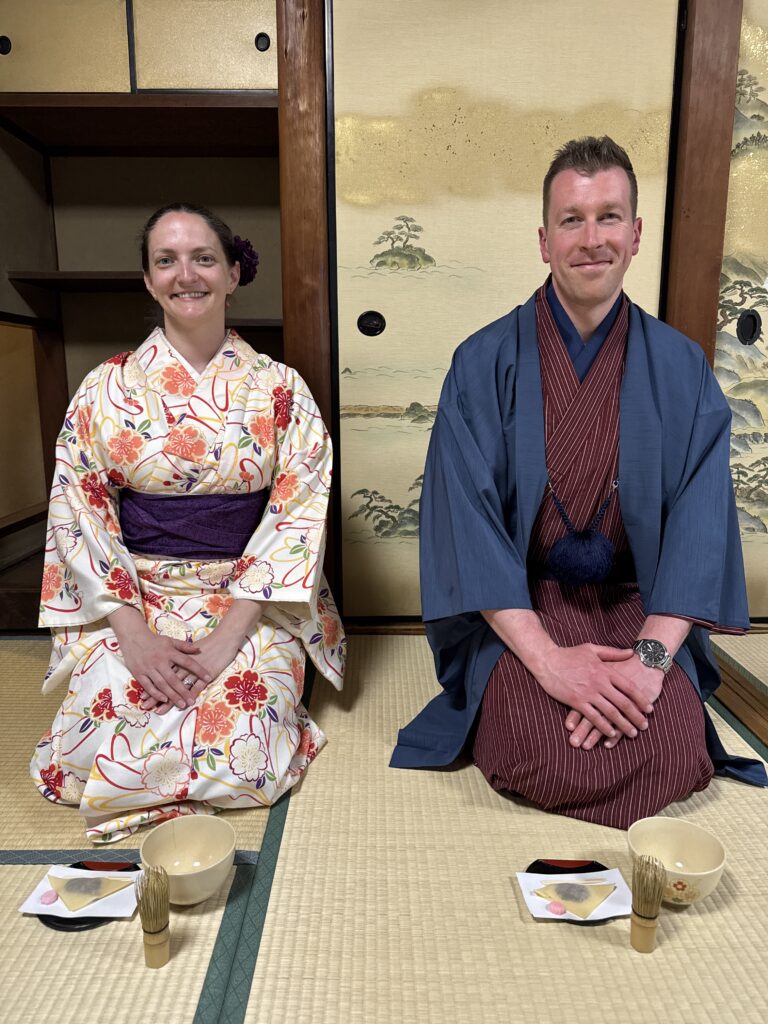
If you’re lucky, you will be there when the Miyako Odori in April to catch a special performance by geisha’s. Buy tickets well in advance! Another cool experience is to book a traditional tea ceremony. I did one with Maikoya who has multiple locations in Kyoto and they dressed us up in traditional attire and taught us all about the tea ceremony ritual. It was a really unique and educational experience.
For dinner, head to Pontocho Alley, known as the most beautiful alley in Kyoto. There is a lot of great food options around here if you want to plan to come around lunch or dinner,
Tip: Check local events happening here in Kyoto for when you’re visiting and try to catch one of their traditional festivals.
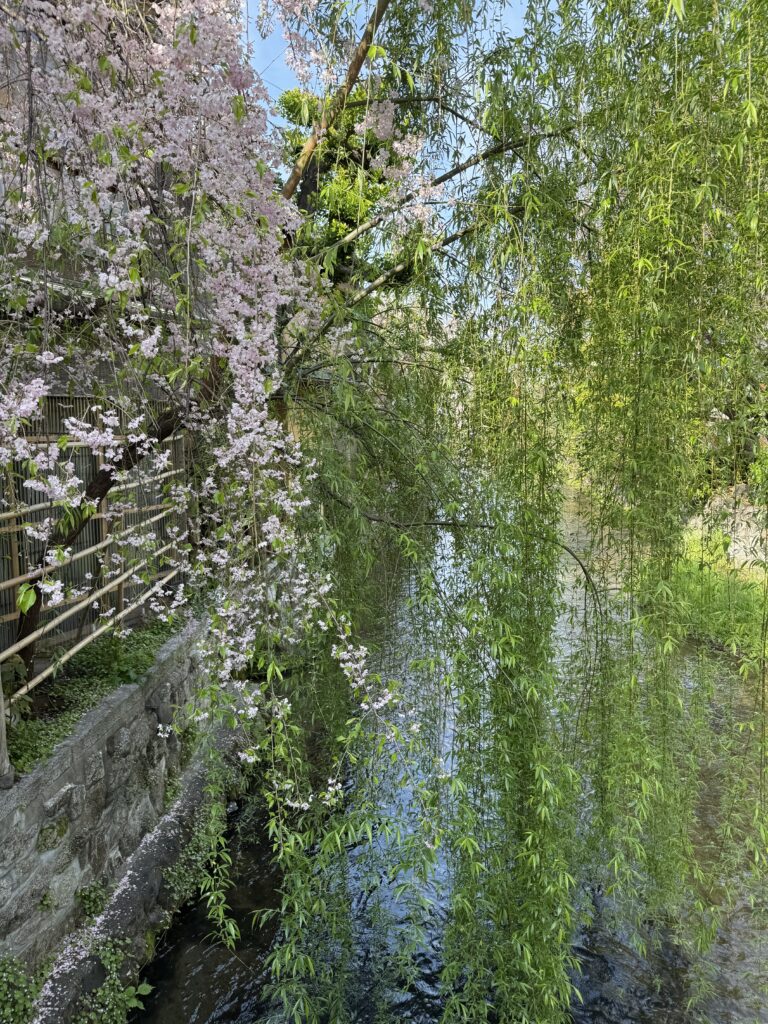
FAQ
When is the best time of year to visit Kyoto?
Kyoto is beautiful all the time but the best times to visit are Spring (March-May) and Autumn (October-November) for the best, most comfortable temperatures.
How do you get to Kyoto?
Kyoto is easy accessible by train from other cities like Tokyo or Osaka. Book your bullet train ticket in advance during busy season!
What area should I stay in Kyoto?
Stay near a central train station like Kyoto Station to make your time there the most convenient for getting around. However, everything is well connected if you are okay with taking more public transit to get from point A to point B.
What are the most crowded attractions in Kyoto?
Kiyomizu-dera Temple (and the streets leading to it), Fushimi-Inari-Taisha Shrine, Nishiki Market, to name a few. Here is a great guide on how to avoid the crowds and there is so much to do in this city outside of these key tourist destinations.

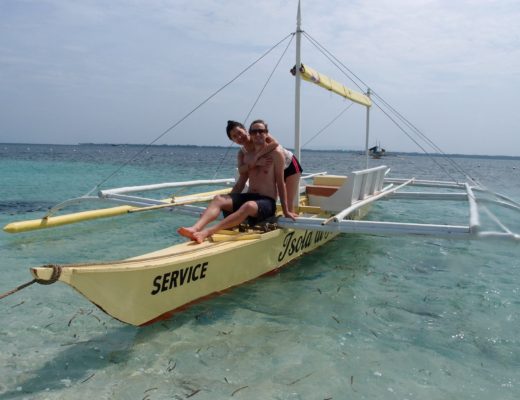
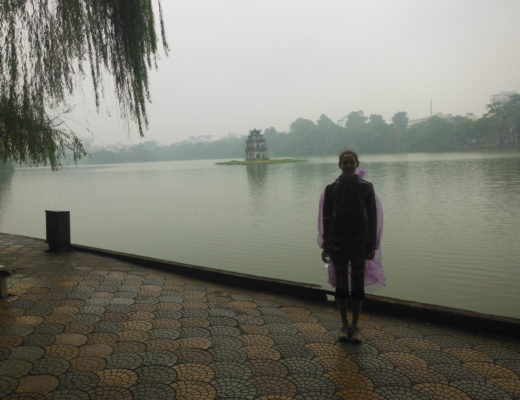


No Comments